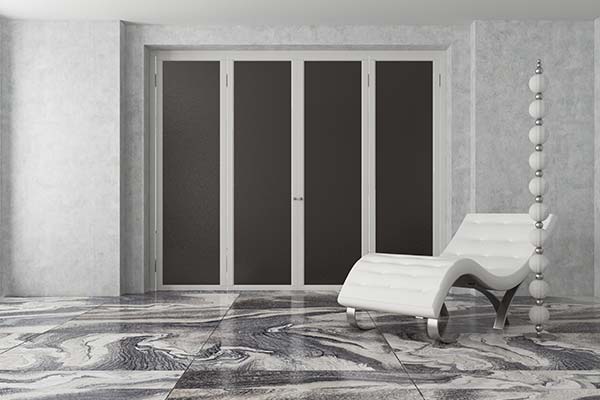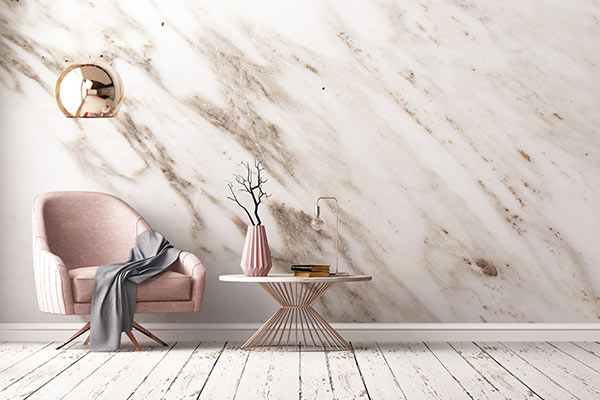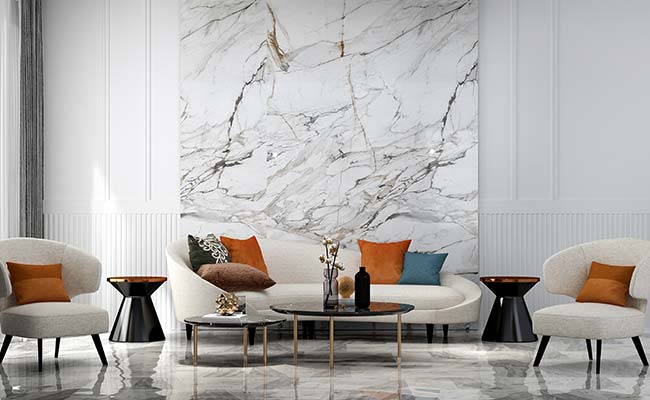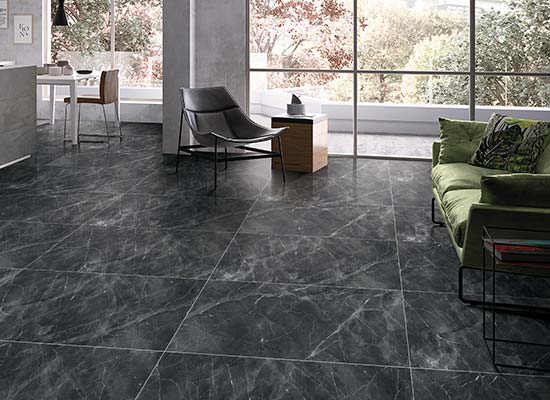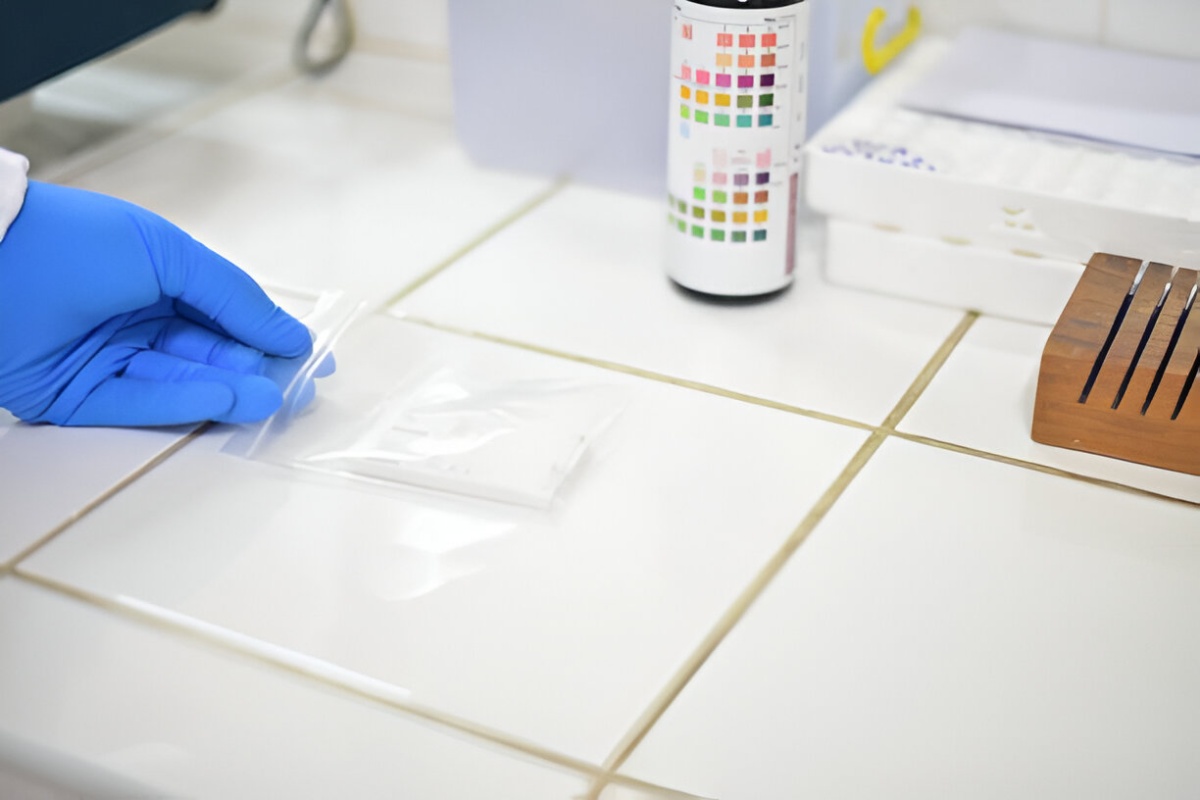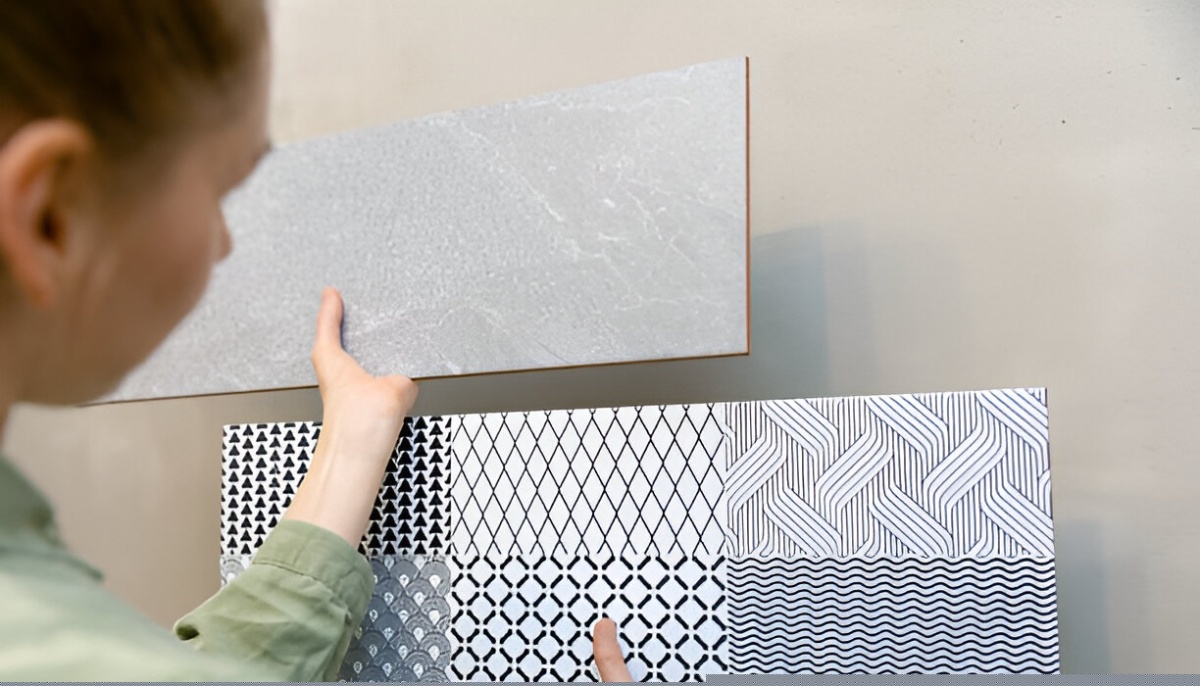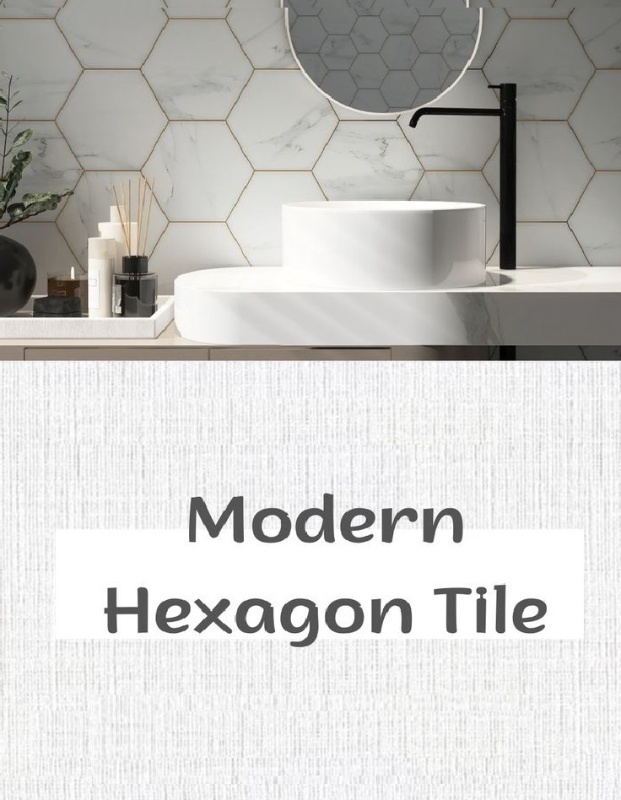Marble Floor Tiles vs Marble Stone Which is Better
Marble floor tiles and natural marble stone often compete for space in building interiors. Marble is a natural stone that adds a touch of beauty and uniqueness to wherever it is used. It is a timeless material that has been utilised for ages by architects and interior designers all over the world to exude a sense of luxury.
Marble is a versatile stone that can be utilised anywhere, from monuments to sculptures to opulent interiors. It may provide a traditional yet simplistic aesthetic that can elevate any space.
Marble floor tiles come in several sizes, from little to enormous, allowing you to effortlessly design your space to your preference. There are numerous ways to install marble floor and wall tiles, including regular, irregular, Versailles, and brick patterns. Overall, going with marble tiles might be a terrific choice for you.
Marble Floor Tiles :
Marble tiles are incredibly adaptable and can be used on walls and floors alike. Any area, including the living room, dining room, kitchen, bathroom floors, study, or prayer room, can use them.
In general, marble tiles typically have veins running through them that give them a distinctive appearance. This implies that you can also choose tiles where no two tiles are visually identical.
Marble Stone : If you want a luxurious and ancient atmosphere, marble is a great choice because it is timeless and quite durable. Marble is tough and available in a huge variety of designs and hues. Darker hues of marble are also distinctly lovely, yet pure white marble has a more immaculate appearance. Given that it is made of high-end material in terms of beauty and price, the living room is the ideal location to showcase it.
Marble Wall & Floor Tiles for an Eco-Friendly Solution
Marble is a timeless and fashionable material that frequently looks well with a wide range of styles and aesthetics. However, glazed vitrified tiles offer irresistible solutions for traditional, contemporary, or mixed-themed interiors.
With better durability, affordable range and low maintenance marble tiles can replicate your marble interior of any imagination.
Making the best decision and selecting the solution that best suits your needs will be made easier for you if you are aware of the distinctions mentioned below:
- Composition :When limestone undergoes metamorphic crystallisation, calcium carbonate is transformed into calcite crystals, creating marble, a natural stone. In contrast, floor tiles are made of silicates or clay that has been heated to a high temperature
- Wastage : Waste because so much marble is lost when it is cut into the proper sizes, the price of marble continues to rise. Tiles are less expensive to install than marble stone since there is less wastage.
- No stains : The stain-proof characteristic is another element that distinguishes both choices from one another. Tiles are easy to keep and don't discolour as marble does, which makes them a better alternative.
- Price : Tiles are less expensive than marble. This is so because while marble is a natural stone, tiles are man-made and require expensive mining and extraction techniques. Additionally, only expensive, high-quality marble has a good aesthetic and is very expensive.
- Eco-Friendly : Since marble is a non-renewable resource and its extraction requires energy-intensive procedures, it cannot be regarded as an environmentally beneficial choice. The environment is irreversibly impacted by these processes. In contrast, tiles outperform marble because they can be recycled, are non-toxic, and are produced under controlled conditions.
- Variation : The appearance and colour of the tiles are meticulously regulated during production, resulting in a product with a few very minute variances across batches. Contrarily, marble is a natural stone, and as such, there can be significant variations within a single stone from the same lot. Marble is less consistent than tiles for the same reason.
